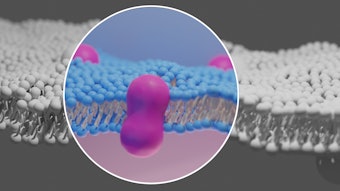
Higher doses of Botox Cosmetic are well tolerated and offer better longevity than the traditional 20-unit dose, according the results of a new clinical study. Allergan conducted a trial to evaluate the duration of effect and safety of Botox Cosmetic at 40, 60 and 80 unit doses versus the 20-unit dose in patients with moderate-to-severe glabellar lines. The primary efficacy endpoint of ≥1 point improvement in Facial Wrinkle Scale (FWS) from baseline was met and was statistically significant for 40, 60 and 80 units versus 20 units in 226 subjects at 24 weeks.
Thirty-two percent of patients were responders at week 24 in the 40-unit group, 30.6 percent in the 60-unit group, and 38.5 percent in the 80-unit group as compared to 16 percent in the 20-unit group. For responders with a ≥1 point improvement, the time to return to baseline also demonstrated a dose-effect. The median time on the Kaplan-Meier curve was 19.7 weeks for 20 units and 24.0 weeks for 40 units, suggesting the median benefit of 40 units is between 20 and 24 weeks.
“These study results help us better understand the Botox Cosmetic dose duration of effect and confirm our hypothesis that higher doses of botulinum toxin produce a longer duration of treatment effect for the treatment of glabellar lines,” said David Nicholson, chief research and development officer, Allergan. “Based on this data, doubling the dose of botulinum toxin extends the duration of effect to 24 weeks in approximately one-third of patients.”
The higher doses of were safe and well tolerated. In a total 233 patients evaluable for safety, there was one serious adverse event unrelated to treatment. Overall treatment related adverse events (AEs) compare favorably with USPI labeled AEs, and no new safety signals were identified. Across all studied doses there was one case eyelid ptosis at 80 units and one case eyebrow ptosis at 20 units.”











